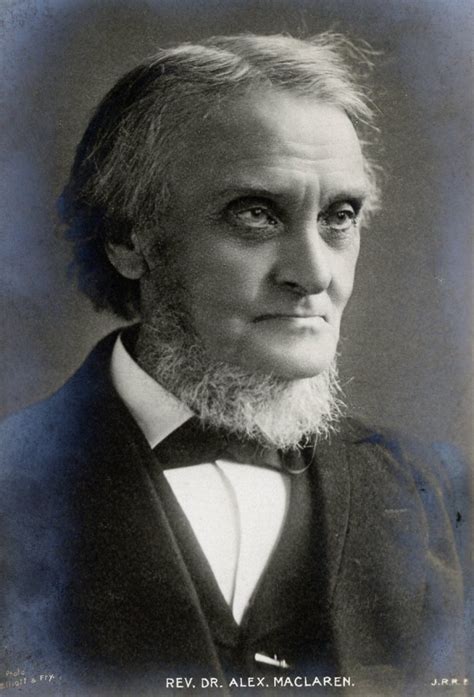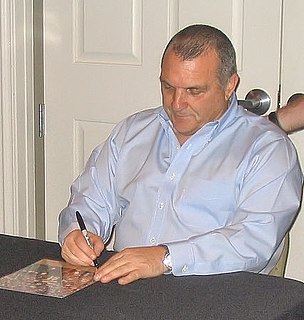Top 96 Quotes & Sayings by Scott D. Anthony - Page 2
Explore popular quotes and sayings by Scott D. Anthony.
Last updated on April 15, 2025.
It's one of the underappreciated skills required by an innovator - they have to be able to convince lots of people to do things that might not be fully rational (invest in the company, join something that is likely to fail, try a product they've never seen before), and if you can't tell a good story it is just very hard to make that happen.
History teaches us that many breakthroughs were happy accidents. Whether that's penicillin coming from Fleming neglecting to clean his laboratory before going on vacation or the team at Odeon trying a little side project that allowed people to communicate in real time as long as their message was 140 characters or less (which ultimately of course became Twitter), the unintended is often the transformational.
There is what Steve Blank calls the stage where you are searching for a scalable business model. Then, there is the stage when you have found that model and need to scale it. In the former stage you have to have a "beginner's mind," be in learning mode, and expect to learn things you didn't anticipate.
















